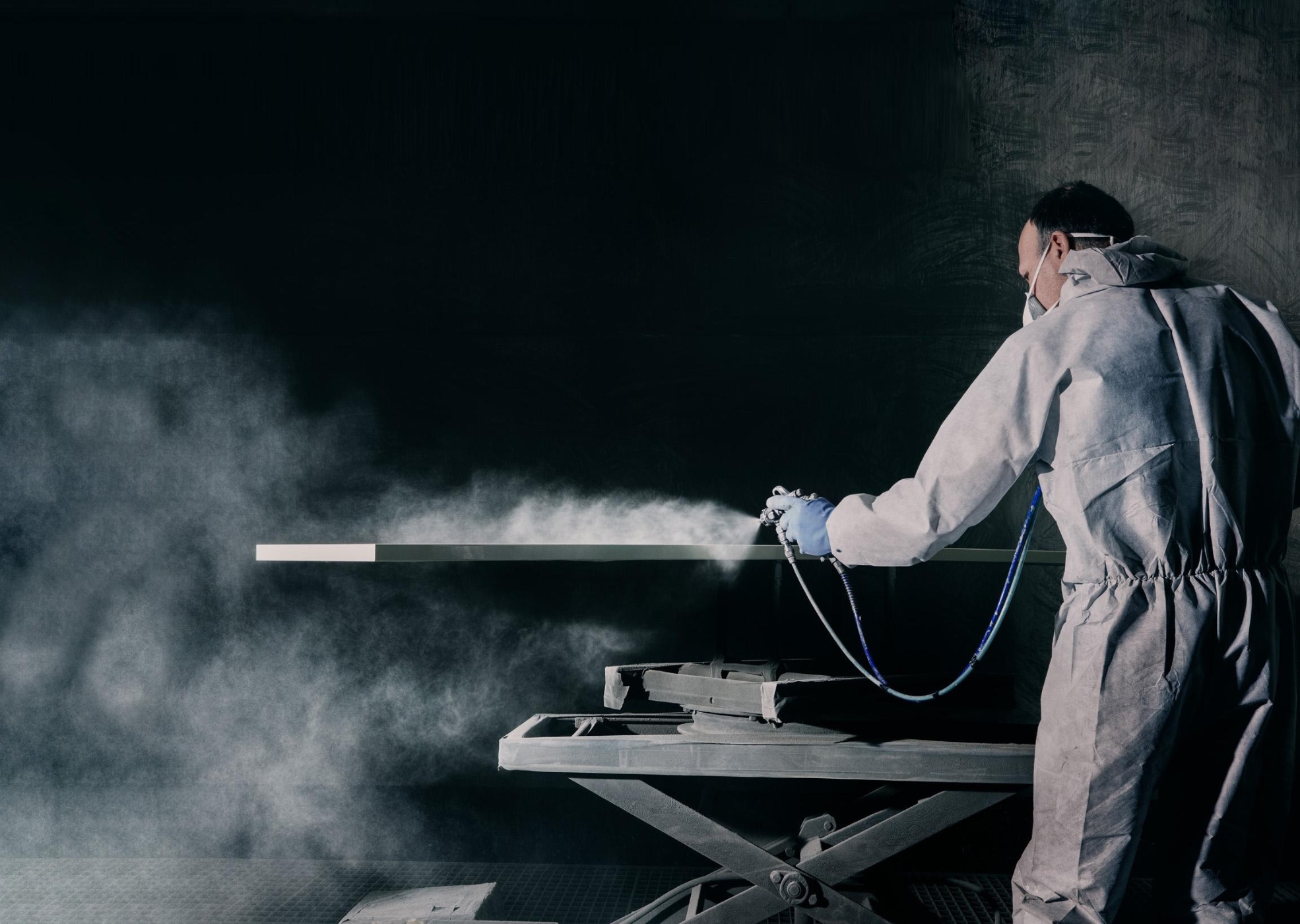FORMALDEHYDE – THE HIDDEN DANGER

26 August 2024, Singapore — Moving into a newly renovated home or getting a space reimagined might seem like a welcome treat for homeowners, but the "new house smell" hides an insidious danger — formaldehyde.


In recent news reports, some homeowners reported that their eyes stung when they opened their cabinets. Their kids also fell sick, and some had suffered breathing issues. Even their precious pets would refuse to stay in the room where the scent was strong. Formaldehyde's strong smell is present in many wood furnishings. The stinging sensation in the nose and eyes is unpleasant.
Some homeowners quizzed their interior design firms about the pungent smell only to be told to "give it some time, and it would eventually go away". Coming to a newly renovated home to seek refuge, solace, and comfort has become a nightmare for these unfortunate homeowners. Formaldehyde's darkest danger is its carcinogenic properties. Long-term inhalation can lead to poisoning and other health repercussions. In the interior design industry, formaldehyde is used to finish laminates.
The situation has gotten so bad that in January 2023, Minister for Sustainability and the Environment Grace Fu announced that the government would "very seriously" consider recommendations by industry leaders to set formaldehyde emission limits in building products and household furnishings. The authorities are looking into getting interior design firms to include "clear provisions limiting the use of building or renovation materials containing formaldehyde and other volatile organic compounds (VOCs)" in their contracts. VOCs are chemicals used and produced to manufacture paints, pharmaceuticals and refrigerants.
Purchasing ecologically friendly products can be challenging. Questions that may come to mind are: Is this company environmentally friendly? Are these products genuinely sustainable, or do they claim to be?
With the rise of greenwashing and buzzwords, many ID firms and brands have jumped on board to entice customers. However, not all green claims are created equal, making it difficult for customers to make informed choices and shop wisely. Here are some tips to help you navigate the green product jungle. What do you look for when shopping for sustainable, formaldehyde-free furniture?
- fewer chemicals that harm people and the environment
- biodegradable and renewable materials
- Environmentally responsible manufacturing and transportation practices
Aside from sourcing sustainably sourced wood and reclaimed wood for furniture and fit-outs, authentically sustainable brands are adamant about reducing harmful chemicals in their products, including adhesives containing formaldehyde chemicals. A sustainable piece of furniture must also be sturdy, as it should be designed to last a lifetime and reduce landfill trash.
W.Atelier affirms that the brands it represents strongly oppose using products with high VOCs, particularly formaldehyde.
SieMatic: One of Germany's upmarket kitchen specialists, SieMatic, adopts a formaldehyde-free stance when manufacturing their kitchen cabinets. The brand is compliant with UNI EN ISO 9001:2015 standards. As part of its sustainability report, it adheres to high environmental standards, including product development, manufacture, and material selection, through a neutral notified authority. SieMatic adheres to national environmental standards like DIN EN ISO 9001 and DIN EN ISO 14001 (TÜV-certified) and international certifications. Since 2010, the brand has been FSC-certified, using wood from controlled cultivation for sustainably grown forests. In 2019, SieMatic switched its composite wood product production to strict US-CARB II (TSCA Title VI) formaldehyde emission standards. An internal environmental team conducts frequent organisational audits to maintain high standards.
Lema: The renowned Italian furniture and wardrobe brand uses CARB2-certified panels with low formaldehyde content and wood from FSC-certified forests (i.e., Forest Stewardship Council) for its furniture and wardrobes.
Cassina: For its high-end designer sofas and armchairs, Cassina uses recyclable BioFoam microspheres that offer low formaldehyde emissions and meet EU standards. The "Soriana" modular sofa range, designed by Afra and Tobia Scarpa, uses recycled PET-blown fibre derived from Plastic Bank — this Vancouver-based brand builds recycling ecosystems to fight plastic pollution.
Fritz Hansen: The Danish furniture brand uses polyurethane lacquer on its Series 7 chairs, preventing formaldehyde emission. In addition, the shell is padded with polyurethane (PUR) foam. A water-soluble glue bonds the textile to the foam and the foam to the shell.
Vitra: When it comes to manufacturing wood-based furniture, the Swiss-based furniture brand satisfies the emission category EI (i.e. Emissions Index) and, therefore, emits less than 0.1ppm formaldehyde. Vitra complies with the legally specified limits for PCB (i.e. Polychlorinated Biphenyls), aromatic amines derived from azo dyes, chrome VI compounds and formaldehyde. To make optimal use of a hide, leather is discarded from producing bigger furniture items and utilised to manufacture small accessories.
About W.Atelier
W. Atelier is a purveyor of luxury home furnishings and accessories in Singapore. This homegrown brand has a history dating back to 1979 when it was first established as the exclusive distributor of TOTO, a household name in sanitary ware and bathroom fixtures. W.Atelier enabled Singapore, homeowners, to experience innovative Japanese bathroom technology through signature TOTO products such as the WASHLET, an electronic toilet seat with a water-cleansing system. Since 2010, W. Atelier rapidly expanded to include an international array of home furnishing products from Italian furniture to German kitchens and Scandinavian furnishings to Spanish lighting. With an eye for detail and design, W. Atelier prides itself as a curator of fine objects that are richly steeped in history and tradition yet timeless and elegant. As such, every addition to W. Atelier’s portfolio is carefully selected, making it possible for customers to own some of the most iconic products in design history –products that have shaped the very history of design and will continue to set trends in time to come, such as the Egg chair from Fritz Hansen and the Panton Chair from Vitra.
The expansion of W. Atelier’s offerings from the bathroom to the rest of the home is borne of the Japanese philosophy of “Kaizen” or continuous improvement. In line with W. Atelier’s commitment to improvement and quality, every brand added to its portfolio is a recognised leader in its respective industry. Ultimately, the wide selection of products from W. Atelier provides consumers the convenience of furnishing their homes from a single location. To date, W. Atelier proudly carries more than a dozen global brands for a variety of products that include bathroom suites, system kitchens, furniture, lighting, and accessories. By leveraging over 40 years of experience and carrying such prominent brands, W. Atelier is the expert in providing friendly advice and top recommendations to suit any customer’s style, be it classic, contemporary, or minimalistic.
Website: http://www.watelier.com
Facebook: http://www.facebook.com/WAtelierSG
Instagram: http://www.instagram.com/WAtelier
For media enquiries, please contact:
Joseph Lim
joseph@mistercalico.co
WA: +65 9800 6870
Miacarla Ng
W.Atelier
miacarla.n@watelier.com
WA: +65 9792 3182
